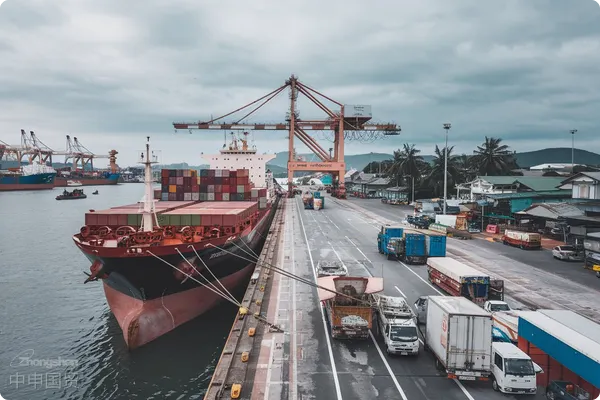- Shanghai Zhongshen International Trade Co., Ltd. - Two decades of trade agency expertise.
- Service Hotline: 139 1787 2118

SwitzerlandEquipment Importss Three Special Characteristics
As a global precision manufacturing hub, Swiss equipment imports have special requirements significantly different from regular goods:
- Accurate HS Code Positioning: Machine tool products involve 853 detailed tariff codes, and incorrect classification may lead to 5-15% tariff differences
- Technical Certification Barriers: CE certification must include both MD Machinery Directive and EMC Electromagnetic Compatibility certifications, with new RoHS 3.0 environmental standards added from 2025
- Document Integrity Requirements:It is recommended to verify through the following methods:Commercial invoices must be notarized by the Swiss Chamber of Commerce, and equipment manuals require Chinese/English/German trilingual versions
4 Common Fatal Mistakes Made by Importing Companies
- Disputes over declared value: Failure to include technical royalty fees in dutiable value, resulting in one company paying 2.3 million yuan in additional tariffs
- Logistics Process Errors:
- Unreported wooden packaging without IPPC markings leading to mandatory 3-day fumigation
- Oversized equipment without temporary transit permits causing port detention
- Missing technical documents: Lack of EC Declaration of Conformity resulting in 35-day customs hold (typical case)
Core value proposition of professional agency services
- Risk Pre-management: Pre-classification services can reduce clearance time to within 72 hours
- Special Channel Applications: ATA Carnet temporary admission saving 50% deposit
- Emergency response mechanism: Fast response channel established after Zurich customs reform in 2024
4 Golden Standards for Selecting Agency Services
- Qualification Verification: Must hold AEO certification and Swiss customs registration number
- Industry experience: Have handled actual cases of similar equipment (e.g., precision instruments/CNC machine tools)
- Service network: Maintain local clearance teams at major ports like Basel and Geneva
- Technical capabilities: Employ EU-certified engineers for technical document review
2025 new regulation response strategies
According to the latest EU-Swiss Customs Union memorandum, changes effective from January 2025 include:
- Mandatory use of UCC-Union Customs Code system for electronic declarations
- Inclusion of carbon footprint statements for machine tools in technical documents
- Expansion of VAT deferment system to cover small and medium-sized enterprises
Practical case analysis
Case 1:An auto parts manufacturer importing a 6.8 million yuan 5-axis machining center successfully recovered 840,000 yuan in overpaid tariffs after their agent appealed the HS code misclassification (8458 instead of 8457).
Case 2:Biomedical equipment was held due to missing EC Declaration of Conformity, but the agent completed the compliance documentation within 48 hours, preventing laboratory shutdown losses.
Related Recommendations
? 2025. All Rights Reserved. Shanghai ICP No. 2023007705-2  PSB Record: Shanghai No.31011502009912
PSB Record: Shanghai No.31011502009912










